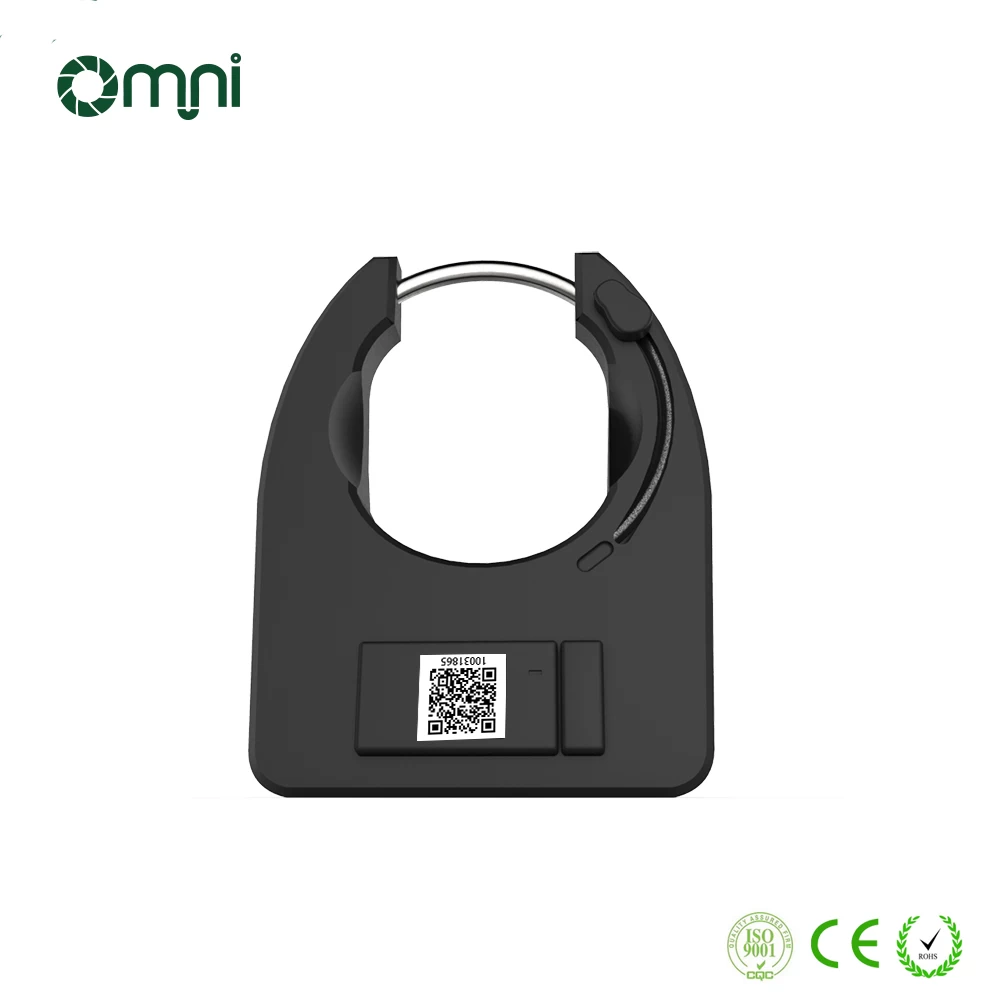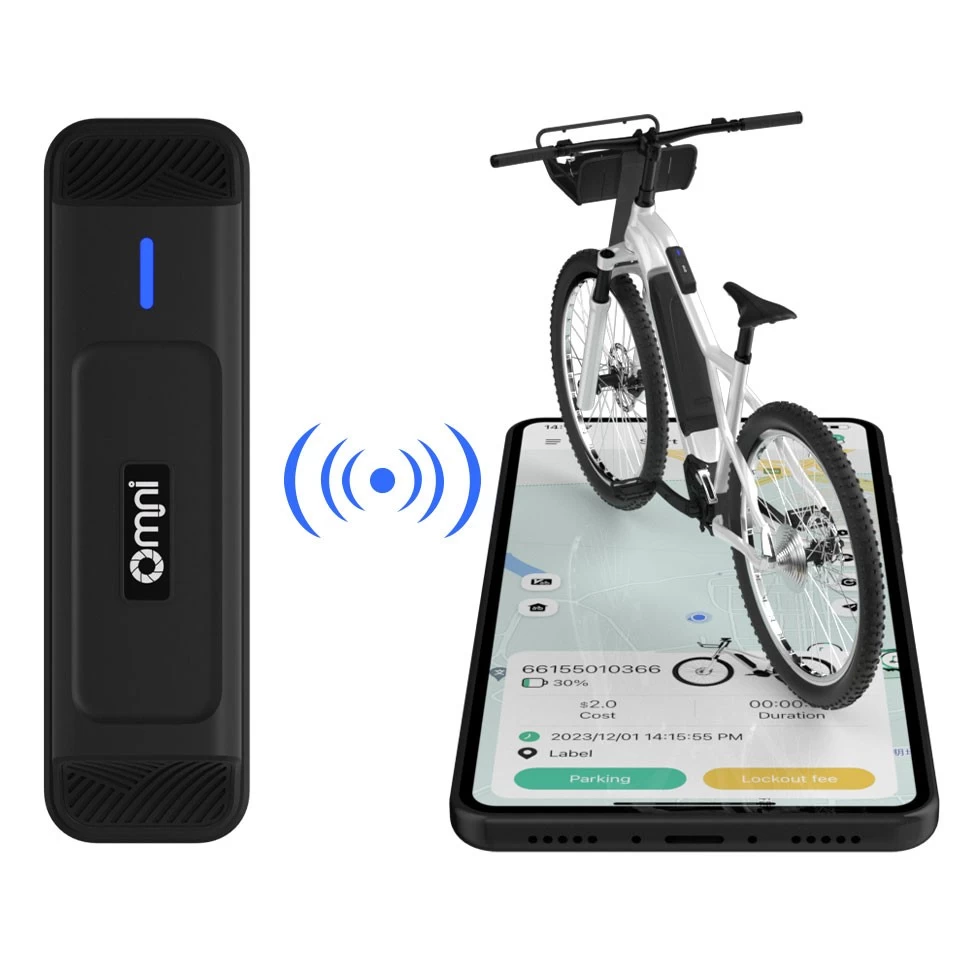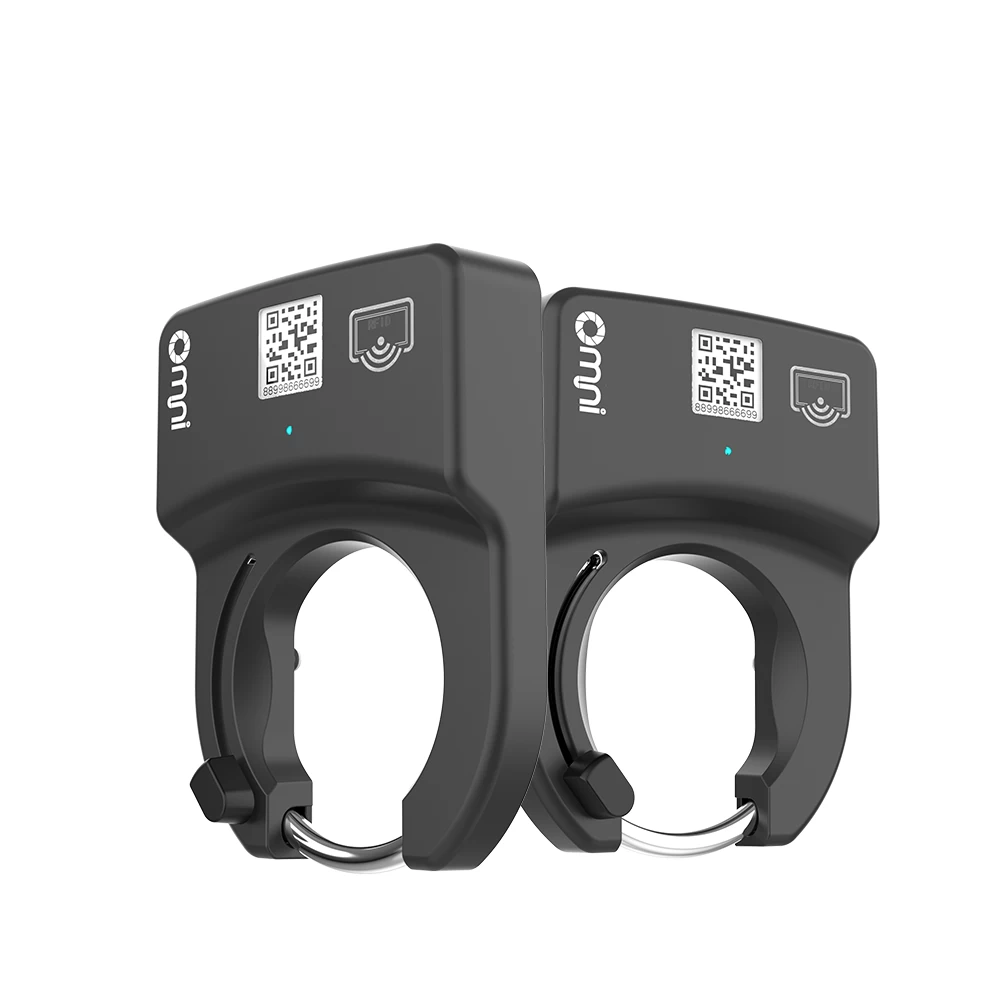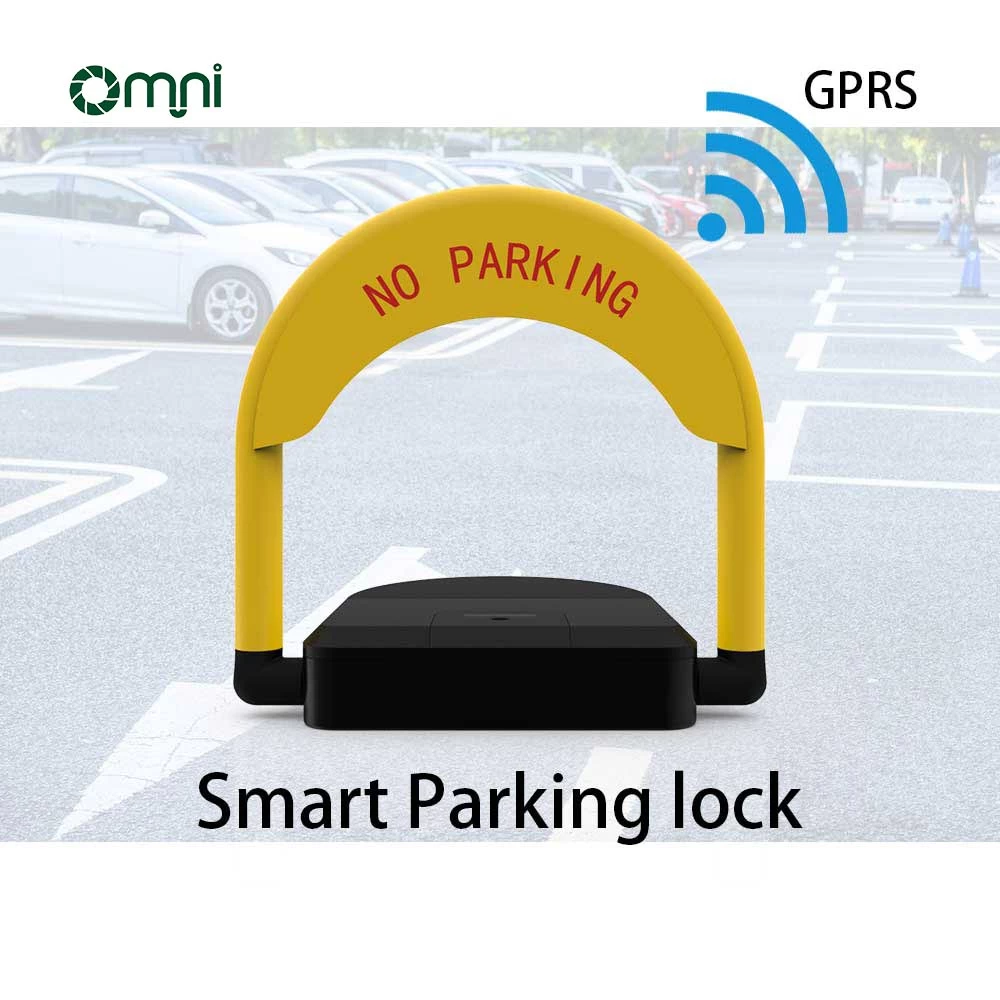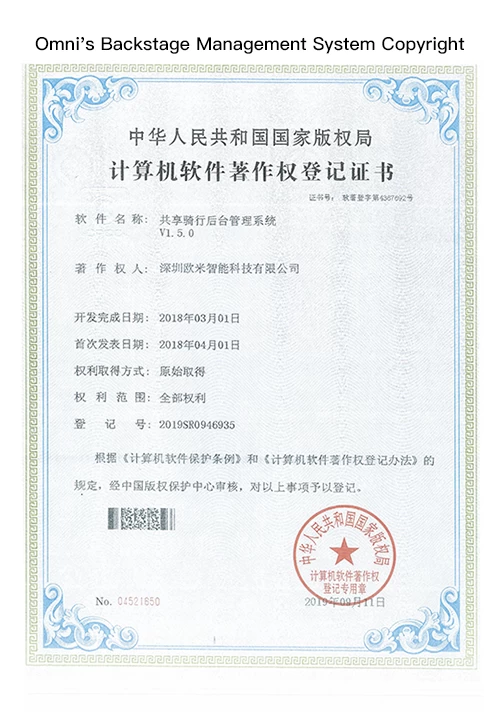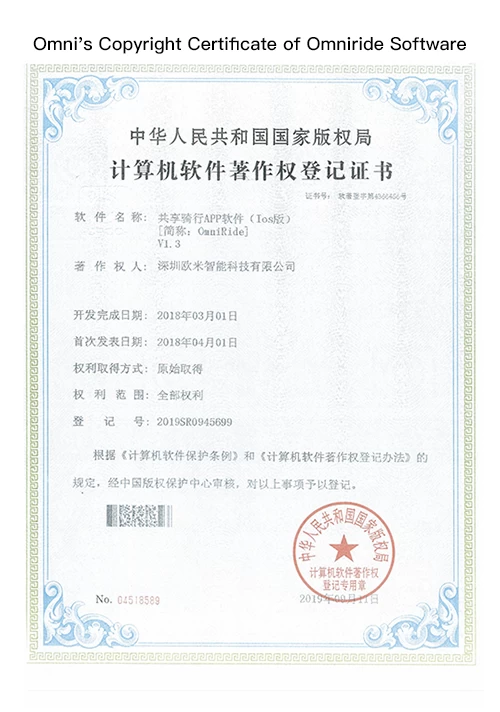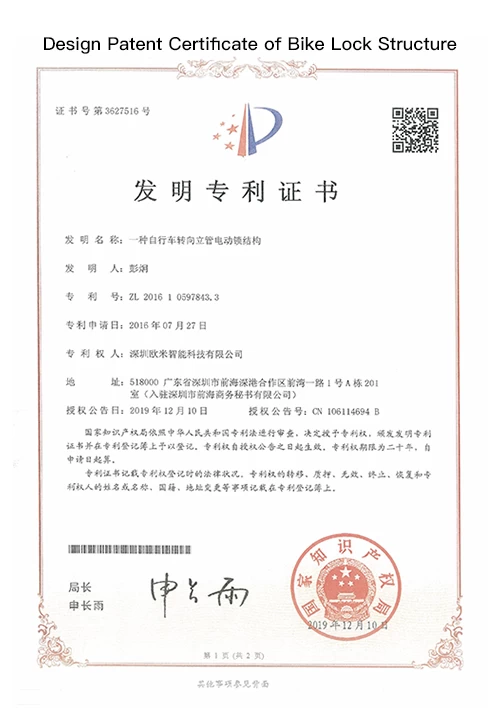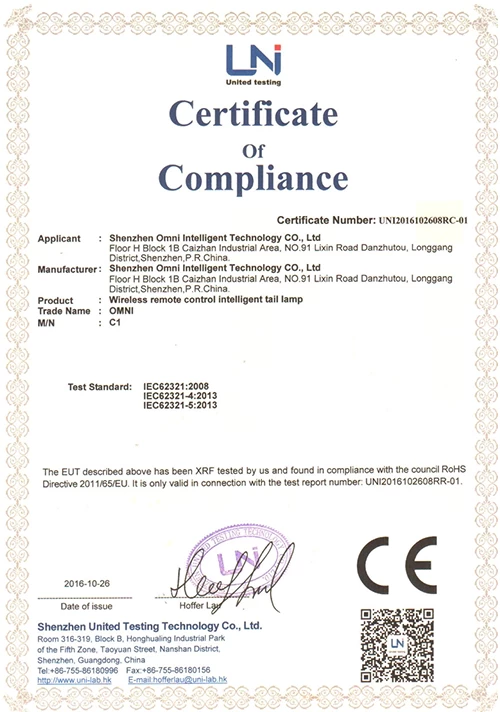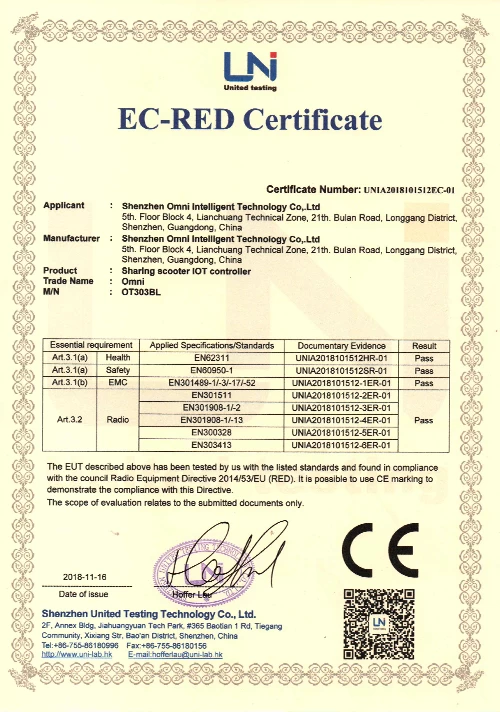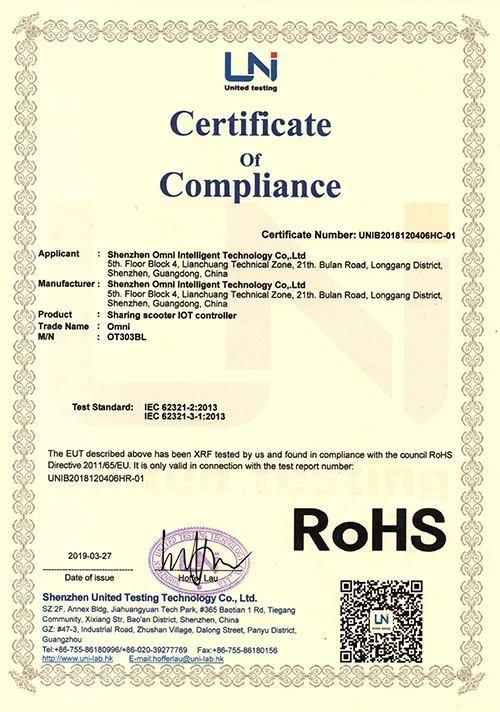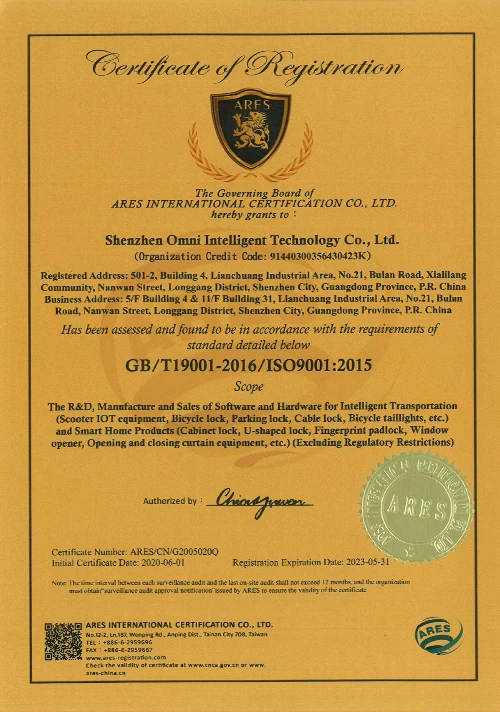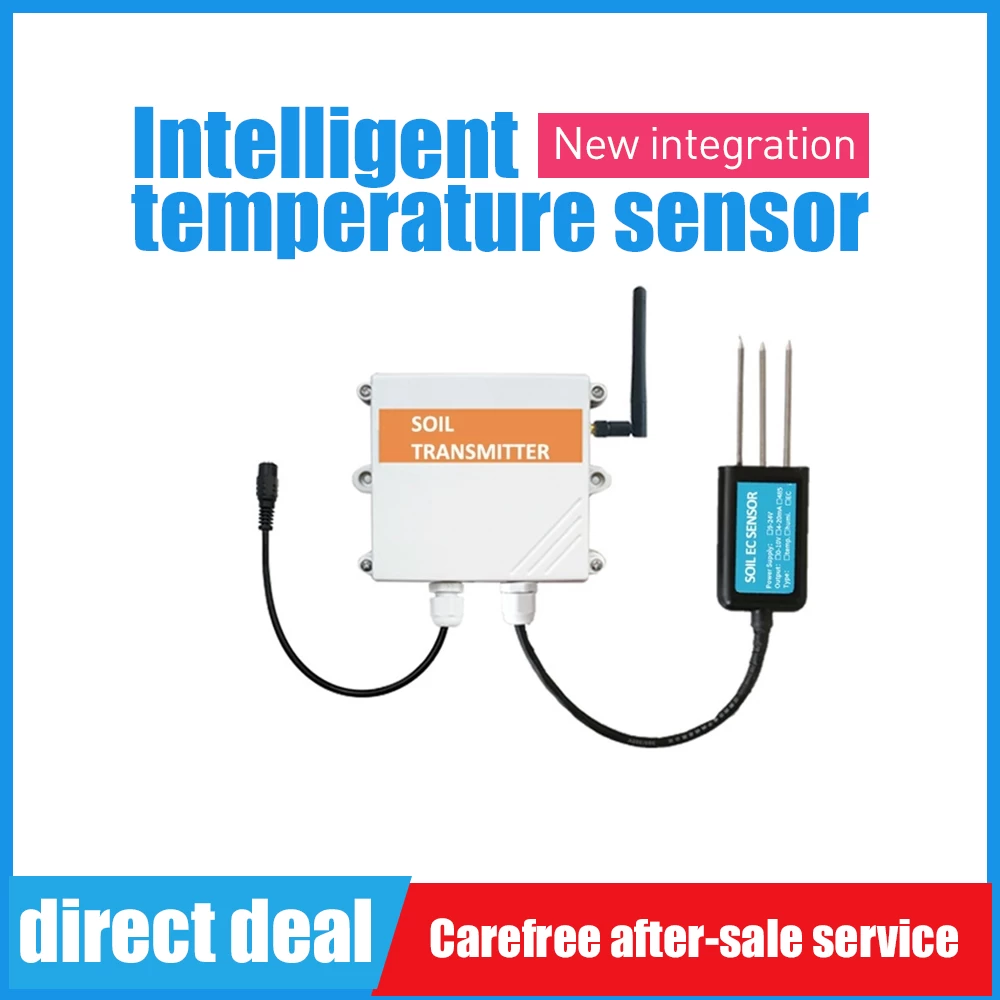How do temperature sensors work
2020-04-15 10:17:32
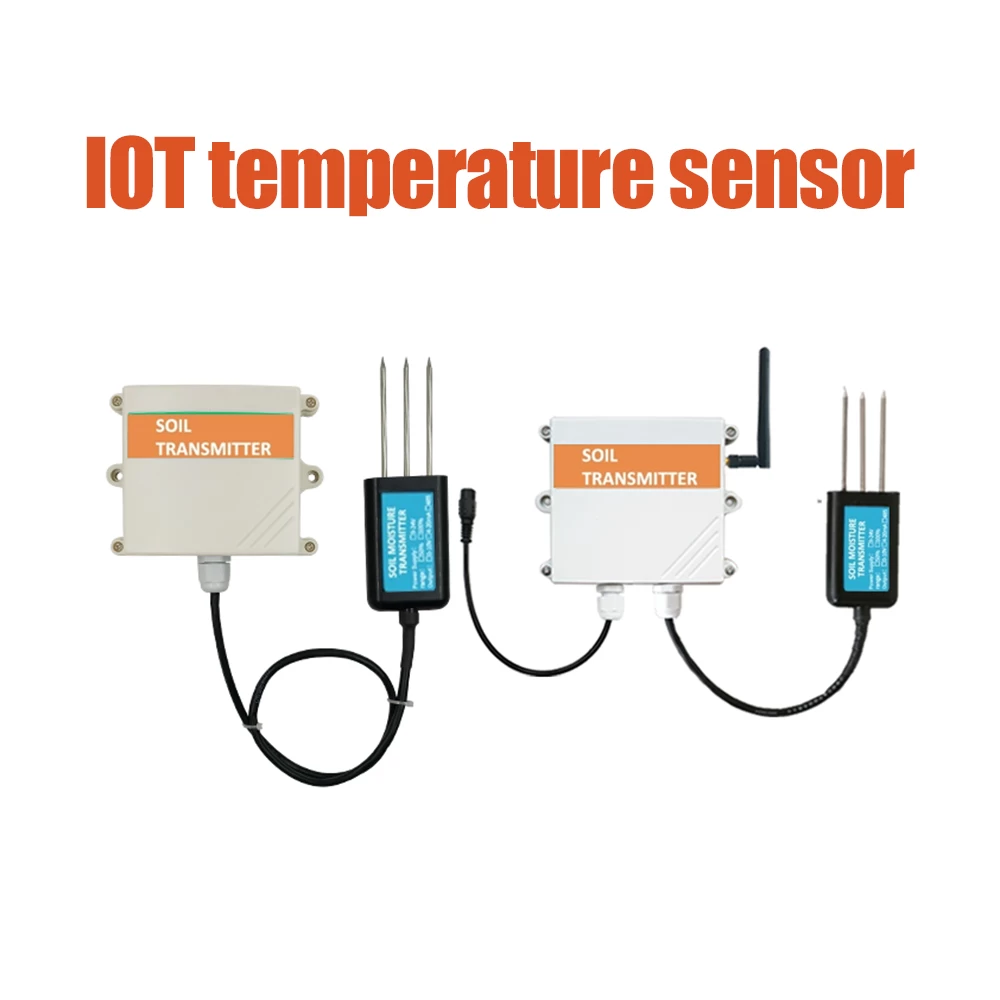 Temperature sensors are devices to measure temperature readings through electrical signals. Different models exist with various uses.
Temperature sensors are devices to measure temperature readings through electrical signals. Different models exist with various uses.A few examples of industries taking advantage of temperature sensors include food processing, chemical handling, and HVAC control. The automotive sector also uses various sensors to measure the temperature in vehicles. Continue reading to know how this device works in different applications.
The Types of Temperature Sensors
Different temperature sensors are ideal for various applications. Knowing about the different types is key to understanding how these devices work. For starters, you can check Pyrosales temperature sensors for the various temperature-reading units you can find. At the time of writing, there are four main classifications of temperature sensors:
Thermocouples
A pair of junctions formed from two dissimilar metals are thermocouple (TC) temperature sensors. One terminal shows a reference temperature while the other represents the measurable temperature. These two readings work when there’s a temperature difference. The voltage caused by this difference will cause the temperature sensor to show a reading on its display.
TCs tend to be reliable, rugged, and cheap. Also, these temperature-sensing models don’t require batteries. Many TCs can give readings as low as -250 degrees Celsius to as high as 3,000 degrees Celsius. However, these temperature sensors may achieve excellent performance up to a reading of 2,750 degrees Celsius. Any reading more elevated than that amount may result in damage.
These distinct temperature sensors have unique strengths and shortcomings. For instance, TCs can measure temperature readings without the help of another device. However, you cannot use these devices to measure the temperature at junctions. Nonetheless, the money you’ll save from using TCs may help you save on heating and other expenses.
Thermistors
Many thermometers used for human temperature readings use thermistor sensors. A change in electrical current and resistance within the device will cause an alteration in temperature readings. Thermistors use semiconductor materials with a specific resistor reading to prepare and show temperature readings on built-in displays. An increase in temperature will decrease the thermistor’s resistance.
Don’t confuse the application of thermistors with resistance temperature detectors (RTDs). The former has many models using metal alloys, whereas the latter employs pure metals. However, the thermistor sensor has two distinct models under it.
There are no particular names for these two main thermistor models. One model will have its resistance decrease with an increase in temperature, and when the sign of K is negative. As for the other thermistor sensor, the resistance increases with an increase in temperature, and if the K is positive.
Resistance Temperature Detectors (RTDs)
RTDs are temperature sensors with resistive and temperature values simultaneously changing depending on specific scenarios. These sensors are known for letting users take advantage of repeated applications. Stability is also another benefit of using an RTD.
You can use an RTD to read temperatures ranging from -50 to 500 degrees Celsius for thin film models. Wire-wound units can read temperatures from -200 to 850 degrees Celsius.
If an RTD uses a thin film to measure temperature, it uses a layer of platinum over a substrate. Upon application, the device forms a pattern created by electrical pulses from a trimmed circuit to create a specific resistance value. Wire-wound RTDs, on the other hand, have either ceramics or glass wound in the shells.
A couple of example applications of RTDs include reading temperatures from HVACs and automotive. These units may show temperature readings in about 15 seconds when placed on still water.
Infrareds
Temperature sensors using infrared technologies measure readings ranging from -70 to 1,000 degrees Celsius. These models convert thermal energy readings to easy-to-understand analyses shown on built-in displays. This wavelength range may begin from 0.7 um, which can go up to 20 um. The device shows the reading after using an algorithm to compensate for the ambient temperature.
Infrareds are an ideal choice if thermocouples or RTDs aren’t usable in specific scenarios. Furthermore, infrared temperature sensors can show readings from objects in motion. These items include moving machinery like conveyor belts and rollers. Also, infrared sensors are great when users need temperature readings quickly.
However, certain limitations still exist when using infrared. You need to consider and understand the device’s field of view, temperature range, spectral response, emissivity, and mount. If you don’t, you may have complications when trying to use the infrared device on particular applications.
Many smart home devices now use different temperature sensors to offer more comfort to many users. For example, Amazon smart devices have built-in sensors to monitor temperature changes inside a residential or commercial establishment. Remember, understand the use of specific temperature sensor models to make the most of their features.





